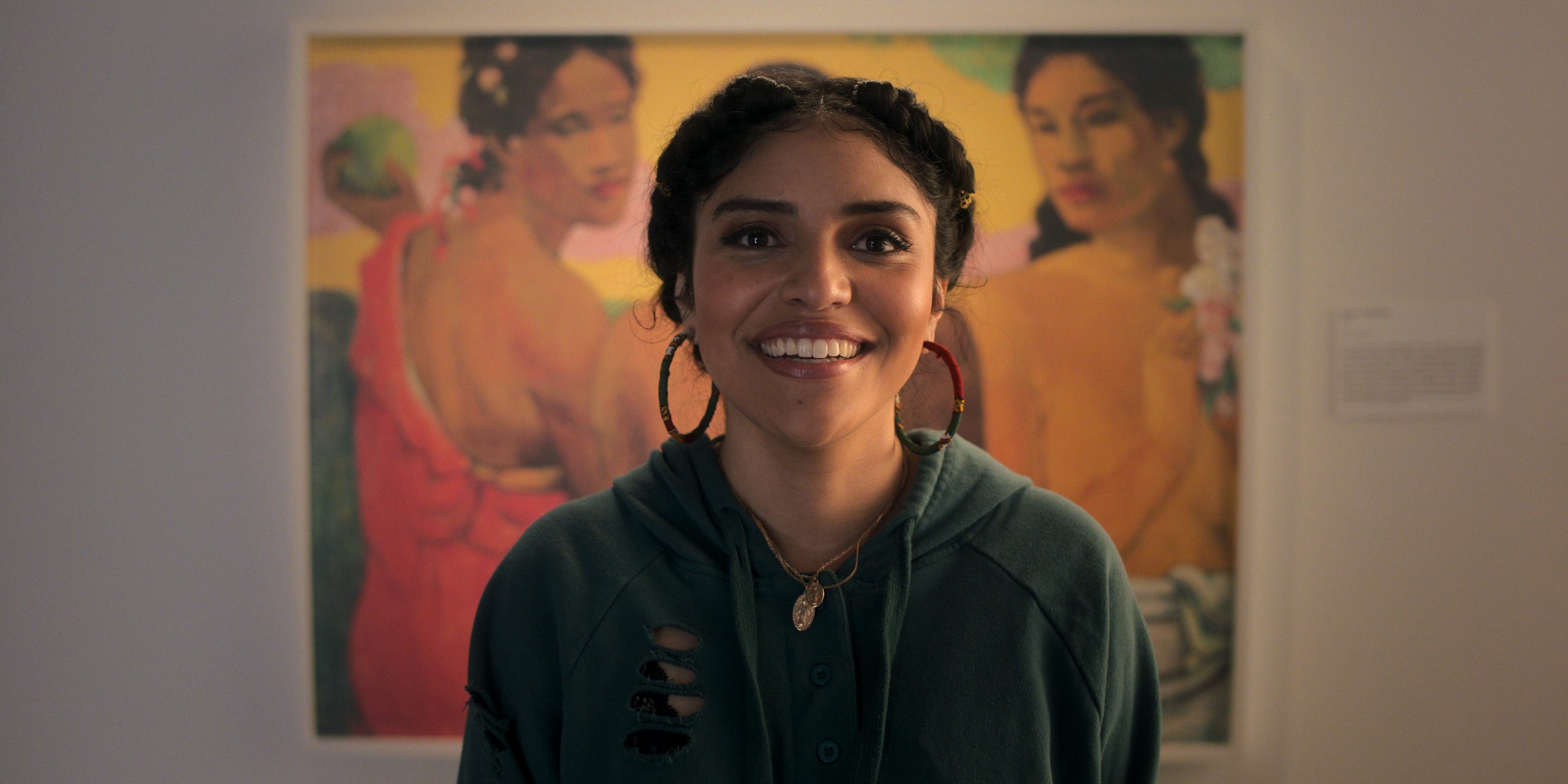This year, watching Netflix’s Latinx-centered shows has been all kinds of comforting for me. From One Day at a Time to On My Block, I’ve seen families and neighborhoods like mine spotlighted on screen (shout out to East L.A.!), fallen in love with their characters, and mourned and celebrated alongside them. But when Gentefied dropped their second season this month, I was struck by how much Ana Morales empowered me in my identity as a fellow brown queer woman—this, I realized, is the show that makes me feel seen.
When I binged the first season of Gentefied in February of last year, I didn’t yet identify as queer/bisexual. I appreciated the amount of intersectional representation Ana and her girlfriend Yessika brought to the screen—both queer women, the latter Afro-Latina—but at the time, it wasn’t my story or my identity.
Still, Ana (played by Honduran-American actor Karrie Martin) is the kind of character you can’t help but be obsessed with, regardless of whether you feel rep’d by her or not. Vehemently anti-capitalist, a muralist/painter by trade, and always dressed in easily the cutest outfits on set, she embodies a love for her community, family, and art over everything else. While Ana’s relationship with Yessika is complicated, it’s because she doesn’t know how to balance familial commitments with romantic ones—not because of the fact that she’s queer.

From the get-go, the show establishes a sense of normalcy around Ana’s queerness. Her coming-out moment is presumed to have taken place off-screen before the show even starts, and we just jump straight into her and Yessika’s romance. She doesn’t have to hide it from her family or explain herself or awkwardly make her way through questions, which is not the case for most queer characters in media.
After coming out online last September, it felt like I was watching Gentefied with entirely new eyes this time around, loving Ana with entirely new energy and for much more interesting reasons.
I felt empowered every time Ana made her queer identity a source of power rather than shame or confusion or guilt. In a now-famous shot from the show’s first season, she paints a mural of two men of color kissing on the side of a neighborhood store. In the second, she dreams of centering her new Nike campaign on brown queer women. While she ultimately decides to focus on her grandfather Casimiro, who’s fighting deportation, there was nothing quite like hearing her say “I am a brown lesbian woman” in the middle of a corporate boardroom to a Nike representative in episode seven.

In episode four, I saw myself in her when she goes to a party to grow closer to her new love interest Bree Solano and instead finds herself unable to mingle with her friends, despite Bree assuring her that “everybody is queer and crazy talented.” When queerness is such a spectrum, moments like that are way more relatable and common than people think. Watching that scene instantly reminded me of parties I’ve gone to in the past where I felt like I wasn’t queer enough to even walk into the room because I wasn’t dressed uniquely or didn’t know all the lingo or wasn’t caught up to date with the latest collective community obsession—when in reality, there’s no one “right” way to be queer.
In both Ana’s accomplishments and struggles, I found more reasons to be proud of my brownness and queerness and womanhood, even at one point realizing I’d never thought to label myself as a “queer brown woman” before, maybe because I’d never seen anyone who looked like me proclaim it so openly. Seeing her thrive on-screen not only made me proud to see myself in her character but also made me hopeful for the outcome of my own life. And for that and for the show as a whole, I’m nothing if not grateful.

